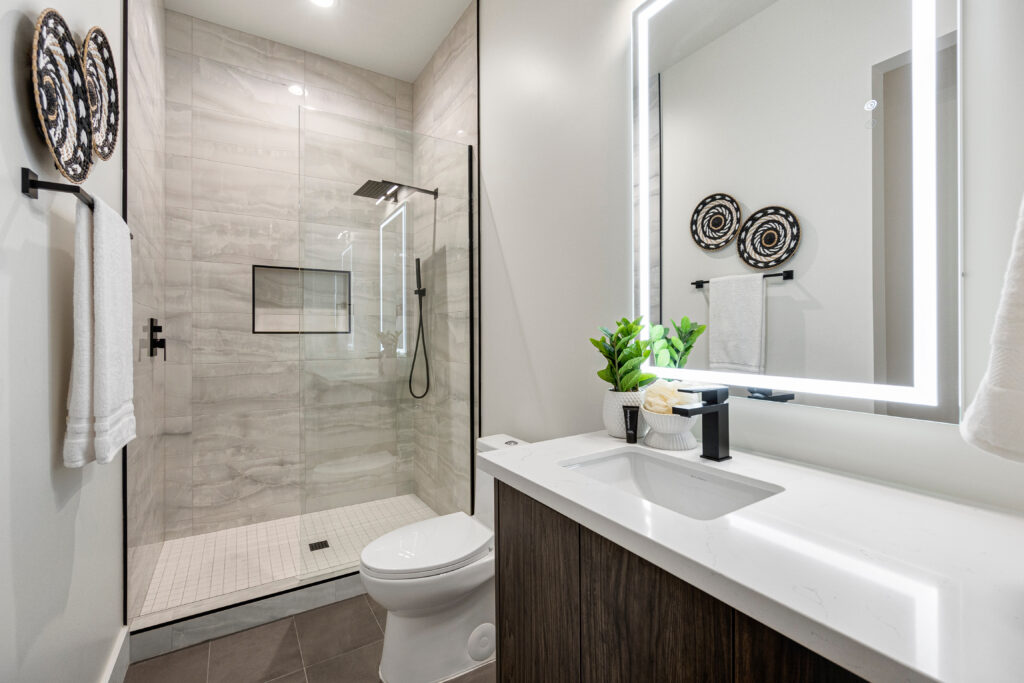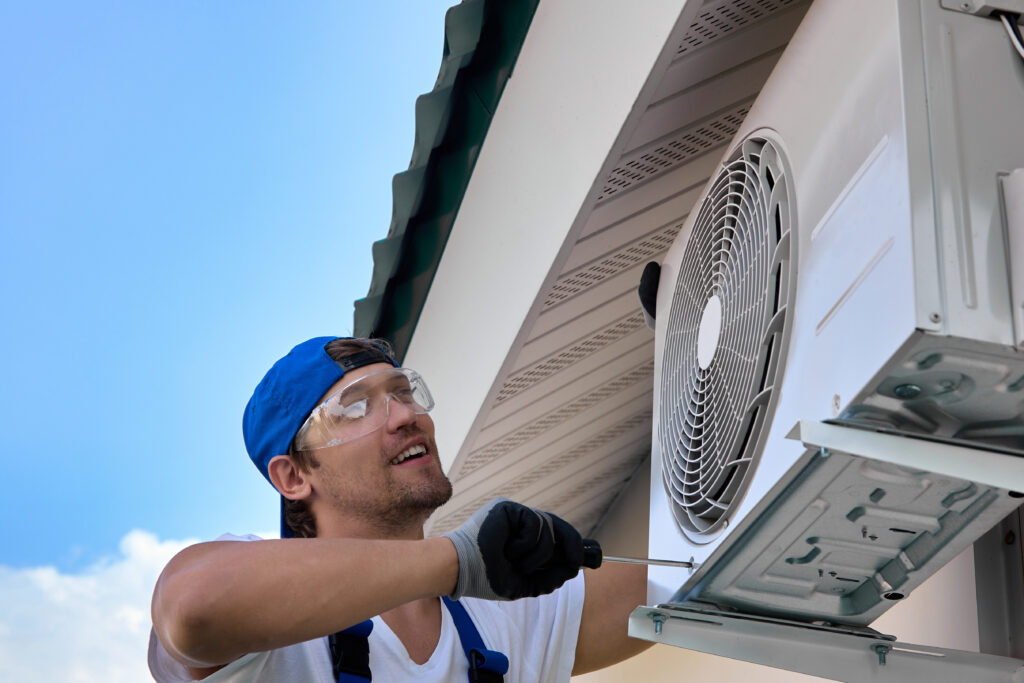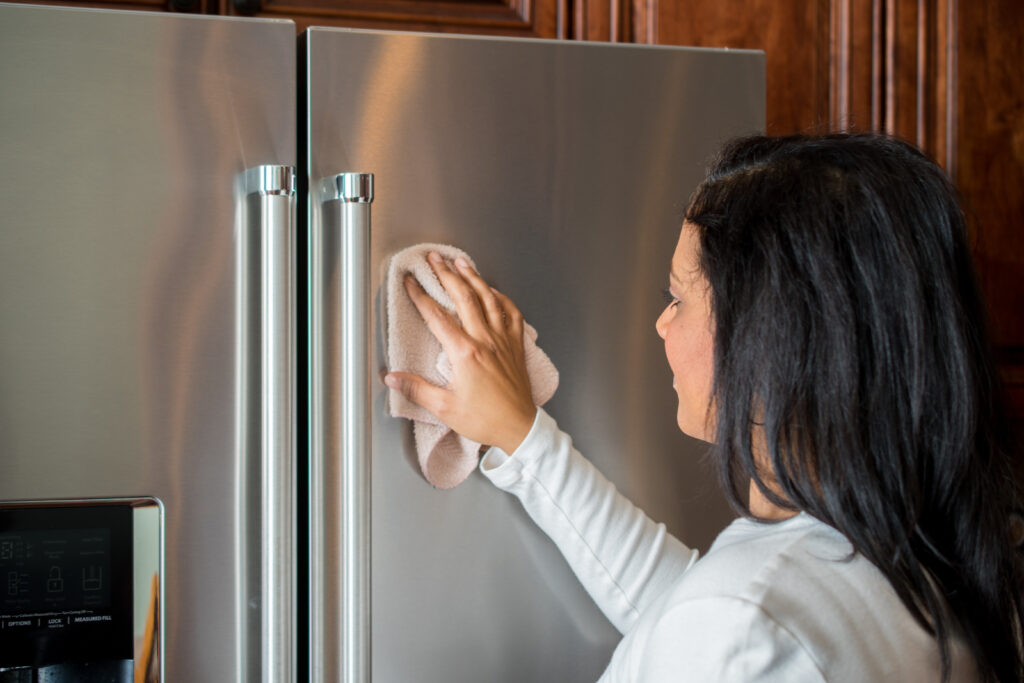What Is a Plumbing Attic Vent—and Why Your Home Might Rely on It More Than You Think
Ever walked into your bathroom, everything looks clean, tidy, brand-spanking new, but then—wham—you’re hit with a mysterious sewer smell that seems to come out of nowhere? You check the toilet. It’s fine. The sink? Running great. Then what gives? Well, believe it or not, the source could be way above your head. Literally. It might be your plumbing attic vent acting up. While often overlooked, plumbing vents are essential parts of your home’s drainage system, and when they’re not working like they should, your whole comfort zone goes out of whack.
What Is a Plumbing Attic Vent, Anyway?
Okay, so let’s break this down simply. A plumbing attic vent—sometimes called a vent stack or vent pipe—is a vertical pipe that extends up from your home’s plumbing and exits through the roof. Its job? To regulate the air pressure in your plumbing system. It doesn’t carry water; instead, it allows air to escape. That way, wastewater flows downhill smoothly and efficiently, without glugs, burps, or, yes, horrible odors sneaking back up into your home. Cool, right? Not exactly dinner party conversation, but crucial knowledge that keeps your home comfy and functional.
How It Works: Science in the Service of Clean Living
Let’s geek out for a moment, shall we? Your plumbing system relies on gravity to carry wastewater out of your house. But every time water moves through your pipes, air needs to move—somewhere—for the system to run smoothly. The plumbing attic vent provides that “somewhere.” By extending through the roof, it safely channels dangerous sewer gases upward and out into the open air (and far, far away from your living room). Think of it like the breather tube in a straw: without it, you’d get weird suction vibes every time you try to drink. Same basic physics apply here.
The Advantages of Having a Healthy Plumbing Vent System
A properly vented plumbing system equals peace of mind. For starters, it keeps your home smelling fresh—by redirecting sewer gases away. It also prevents pressure buildup, which can cause traps (those U-shaped bits under your sink) to dry out and leave a wide-open invitation for unpleasant odors. Well-vented systems also support fixture longevity and ensure toilets flush as they should, with no weird clogs or backups. And you’d be surprised at how many “mysterious” plumbing issues magically resolve once the vent system is functioning properly again.
Common Plumbing Vent Problems to Watch For
Here’s where things can take a turn. Since these vents exit through the roof, they’re exposed to all kinds of weather. Over time, they can get blocked by debris like leaves, bird nests, or—no joke—ice and snow in colder climates. And when that happens? Airflow stops, pressure builds, and drainage becomes sluggish. That gurgling you hear in the kitchen sink as the bathtub drains? Yeah, that’s your plumbing vent begging for attention. Also, some older homes either don’t have proper venting or have questionable DIY fixes that don’t meet modern codes. That can mean costly repairs or even dangerous fumes creeping inside your space.
How to Spot Warning Signs of Vent Trouble in Your Home
You don’t have to climb onto the roof to check for every issue—although, if you’re the adventurous type with proper safety equipment, have at it. Most signs show up indoors. Common red flags include multiple slow drains at once, bubbling or gurgling in plumbing fixtures, toilets that flush weakly or even back up, and again—ugh—that unmistakable sewer smell. If it suddenly smells like there’s an alligator living in your tub drain, don’t wait. Professional help is probably in order. Though minor clogs can sometimes be tackled with a plumber’s snake, rooftop vent problems almost always call for someone trained (and properly insured) to go up and investigate.
Upgrades and Improvements Worth Knowing About
If you’re planning a home renovation or adding fixtures—like that dreamy kitchen island sink you found on Pinterest—you’ll want to check if your existing venting system can handle it. Sometimes, air admittance valves (AAVs) are used as alternatives when traditional roof vents aren’t an option. These one-way mechanical valves open when water drains to let air in but close tightly to prevent gases from leaking out. They’re code-approved in many places but not all, so definitely consult a plumber. While not as failproof as a traditional vent stack, AAVs can be a solid choice for additional fixtures or tight retrofits. And keep in mind, whether you’re upgrading or troubleshooting, having a proper home warranty can save you from annoying surprise expenses.
Why a Home Warranty with Armadillo Has Your Back (and Your Pipes)
Here’s where this all ties together. Plumbing attic vents aren’t the most glamorous part of homeownership, but when they go bad, they can cause major headaches. And that’s exactly the kind of hidden home system hiccup that a quality home warranty from Armadillo is designed to smooth over. With customizable, straightforward plans and coverage that includes plumbing systems, you get peace of mind when weird stuff goes wrong—like that mystery smell or that slow-draining laundry tub you’ve been ignoring. Plus, we guide you quickly to trusted pros who know how to tackle rooftop vent issues without the stress. Visit Armadillo to explore our coverage or hop right into building your plan at Get Your Quote. Because your home should feel like home—not like the sewer line’s open mic night.


























